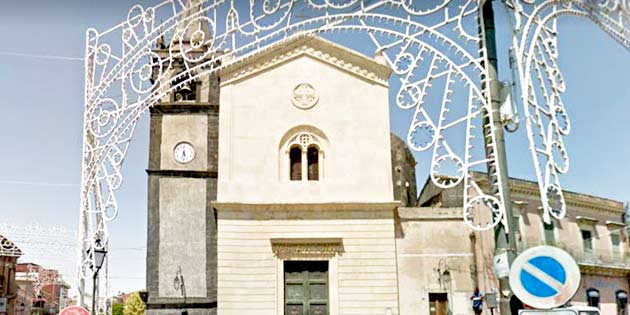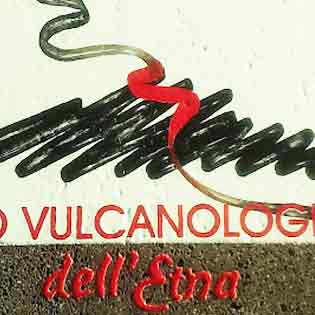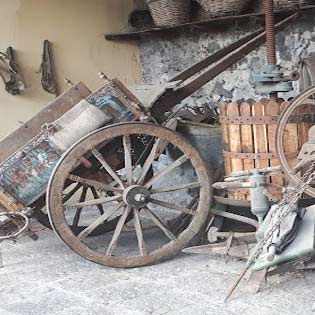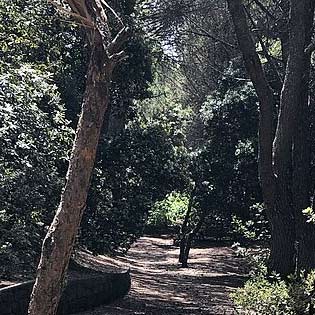Church of Holy Spirit in Nicolosi
Mother Church of Nicolosi, also known as the Church of the Holy Spirit, located in Piazza Vittorio Emanuele II, represents the first construction built after the devastating events of 1669 and 1693 which destroyed the previous main church of the town which stood in a different place.
It was built in 1721 on a project by Vaccarini, probably in 1721, it represents one of the most significant monuments in the country.
The simple rectangular white stone facade in the nineteenth-century style is flanked by a lava stone bell tower, creating a particular chromatic contrast. Surely the church originally had to have a similar appearance to the other black churches of the Etna area, so defined for the notable use of lava stone in the decorations and cornices, but then the façade changed at the end of the 19th century according to the taste of the nineteenth-century fashion in white sandstone. The bell tower, on the other hand, has not undergone any changes compared to the probable date of construction of 1721. The latter stands in full autonomy from the church, has a double base in lava stone and is surrounded by different heights that divide the space of the clock, bell tower and spire into three parts.
The interior has a single very wide nave.
Inside the church there are several valuable works: the wooden choir of the seventeenth century surmounted by plaster bas-relief; The wooden crucifix, by an unknown artist, from 1700; two paintings, respectively of the Immaculate Conception and the Addolorata, always from the same historical period and also by an unknown author; a valuable organ located high above the entrance and attributed to Cinquemani, the only pupil of Donato del Piano.
In keeping with tradition, at the beginning of Lent, the altar of the Mother Church is hidden by a valuable canvas that is dropped on the night of Holy Easter. The canvas, dating back to 1846, was sewn by the Pious Women of Nicolosi, is made of linen and has a height of over 20 meters and a width of about 8 meters. It was painted by Giuseppe De Stefani and represents the deposition of the Cross with colors ranging from turquoise to ultramarine blue. The descent of the canvas announces the Resurrection.
The religious structure is also dedicated to Saint Anthony of Padua, patron saint of Nicolosi. It is in this church that the statue of San Antonio Abate is kept, the same that every 13 June, on the occasion of the festivities in honor of the patron saint, is exhibited along the streets of the city of Nicolosi.



